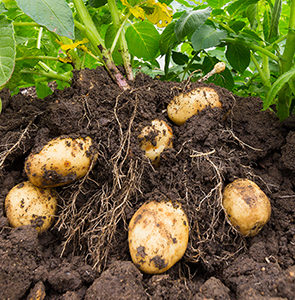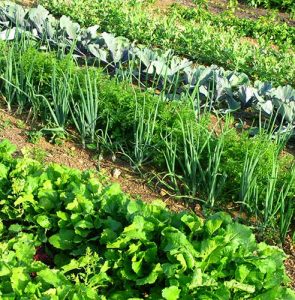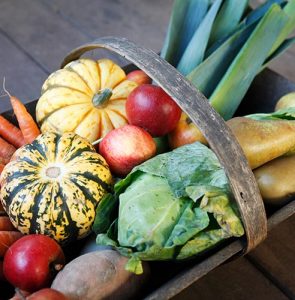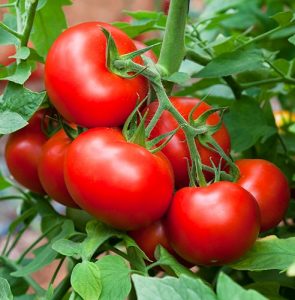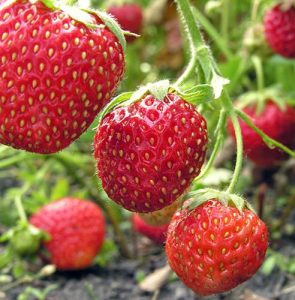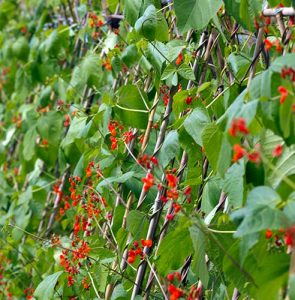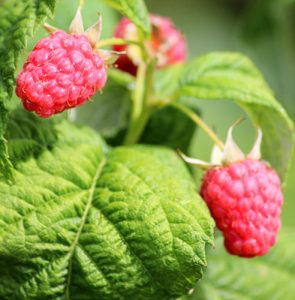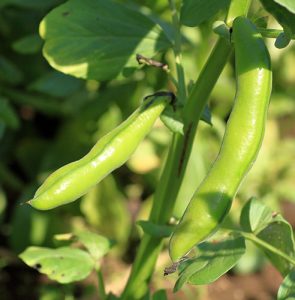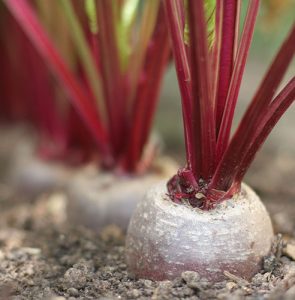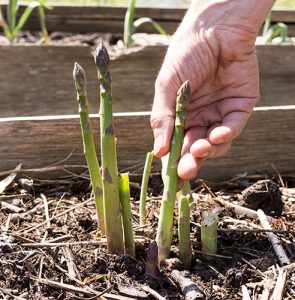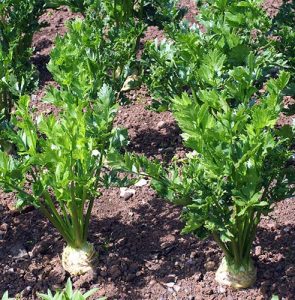-
Potatoes are one of the most versatile vegetables, and they are surprisingly easy to grow, even on a small patio or balcony.
-
If you’re looking to keep your veg intake as organic as possible as well as save some money on your weekly shop, then setting up a vegetable patch is the answer – especially for those who love spending time outside. Here’s our guide on how to put together the perfect vegetable patch.
-
Harvesting your own fruit and vegetables is probably the most rewarding part of growing your own and once tasted, you will be hooked on producing more. Below are a few tips for harvesting your produce so that you get the most out of it and ensure the maximum yield from your crops.
-
There is nothing like the taste of homegrown tomatoes, and they are fairly simple to grow and look after. Tomatoes really like warmth, so it’s best to sow them indoors between February and April. If you’re planning to grow outdoors, plants should be hardened off first, by moving them outside for prolonged periods of time on a gradual basis.
-
Strawberries are one of the easiest fruits to grow at home, whatever the space available to you. Whether you have a greenhouse, vegetable patch, hanging basket, pots on the patio or even a simple window box, strawberries are incredibly versatile and rewarding to grow. Experience the quintessential taste of summer in your own garden with our step-by-step guide.
-
Choose a sheltered, sunny site and ground that has had manure added during the winter or just before planting the beans out. A sheltered site will attract more bees to pollinate the flowers, leading to more beans. Sow your Runner Beans between April and June for the best results.
-
Raspberry crops prefer well drained, fertile, slightly acidic soils, which retain moisture well and are weed-free. They dislike soggy or shallow, chalky soils. For best results, plant in a sheltered, sunny spot. Raspberries will tolerate some shade but crop yield may be smaller, the more sun the better! If you’ve gone with summer fruiting raspberries, then they’ll need support through...
-
French beans are not frost hardy and should not be sown or planted until risk of frost has passed. Choose ground that has had manure added during the winter or dig in well-rotted compost or farmyard manure before planting. French beans do best in a sheltered site where they are not rocked around by strong winds. Seeds should be sown...
-
Broad beans are easy to grow and an incredibly versatile addition to your kitchen. Choose a sheltered spot and ideally, soil which has had manure or compost added in winter. Broad beans are not as fussy as Runner beans and can be grown in any soil that is in good condition.
-
Beetroot are easy to grow and have a wide variety of uses. They also have a long season if follow on sowings are made regularly. Choose a sunny site with well cultivated soil and plant between March and July for the best results.
-
Asparagus will grow best in an open and sunny site, but will just about deal with dappled shade if you don’t have the luxury of constant sun. It’ll grow in most soil types, but you should aim for a pH of between 6.5 and 7.5. If you’ve got particularly acidic soil then it’s probably worth giving it some lime before...
-
Celeriac is easier to grow than its sibling celery and provides an interesting vegetable for autumn and winter. With a mild celery flavour, celeriac can be cooked or used raw in salads. Choose ground that has been well dug and has had well-rotted manure or garden compost added. Sow the celeriac seeds in March/April when the threat of harsh frosts...


